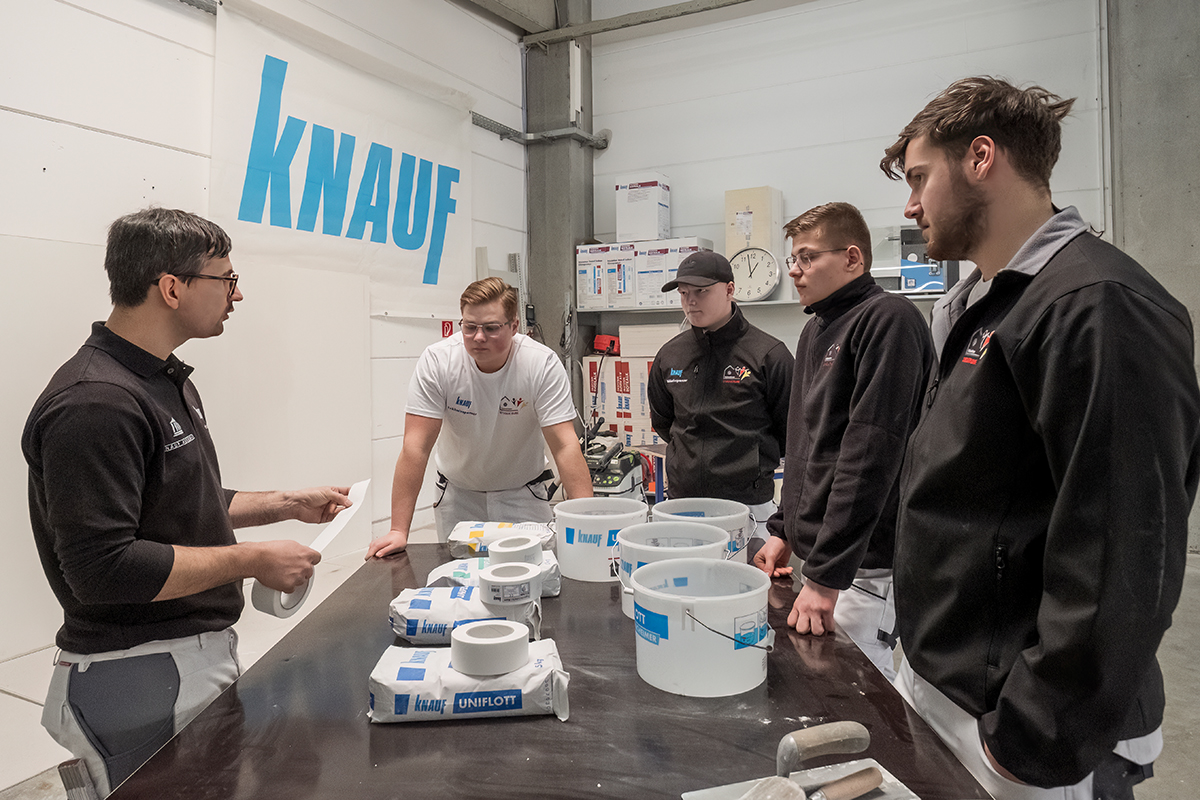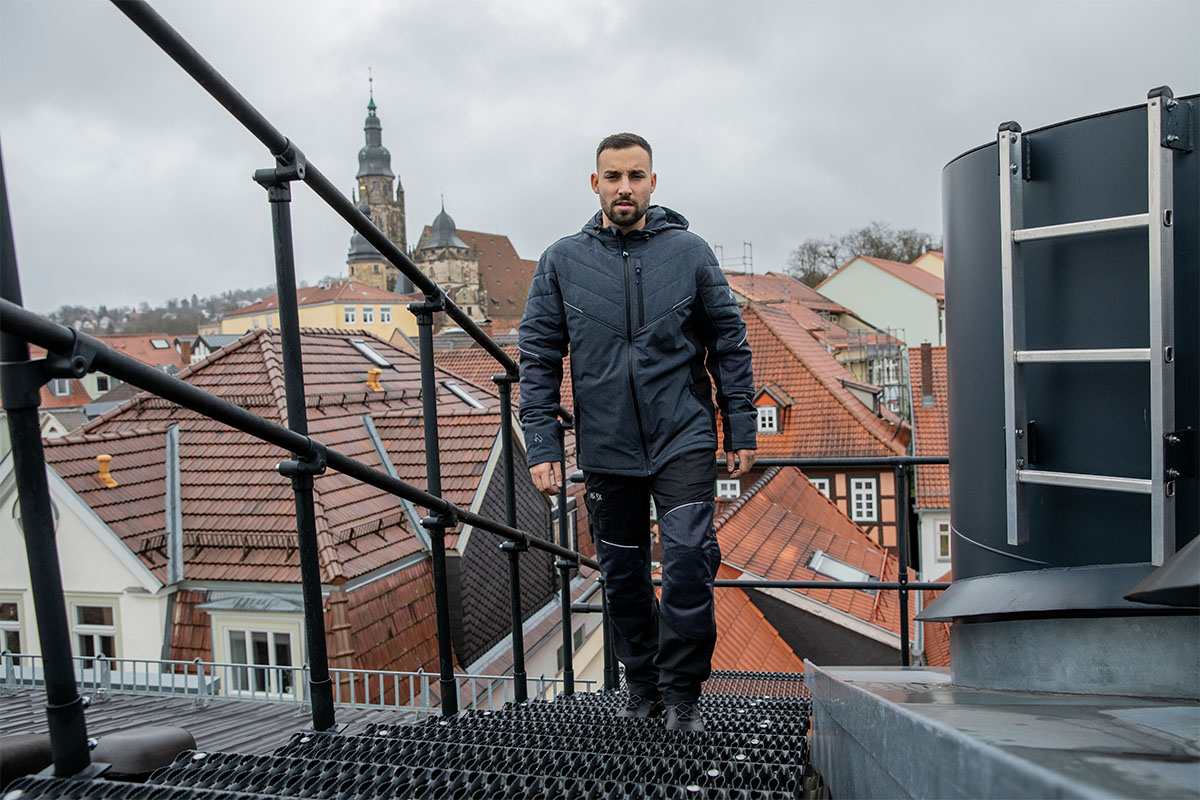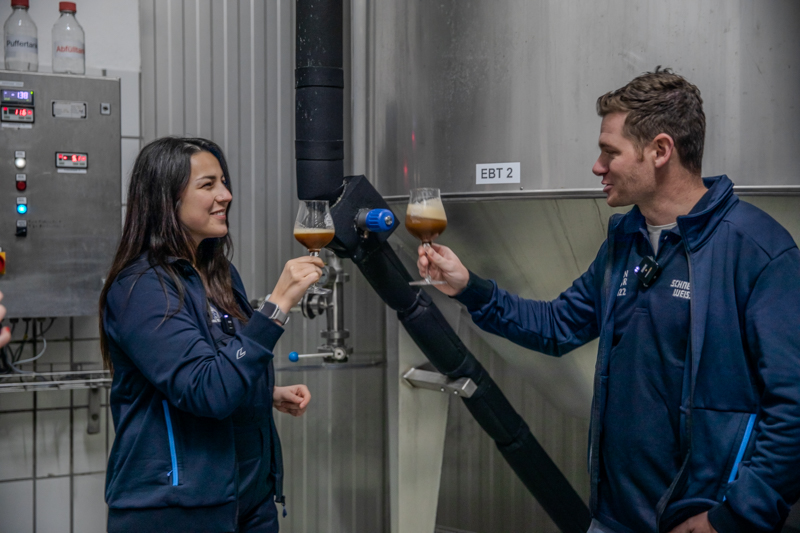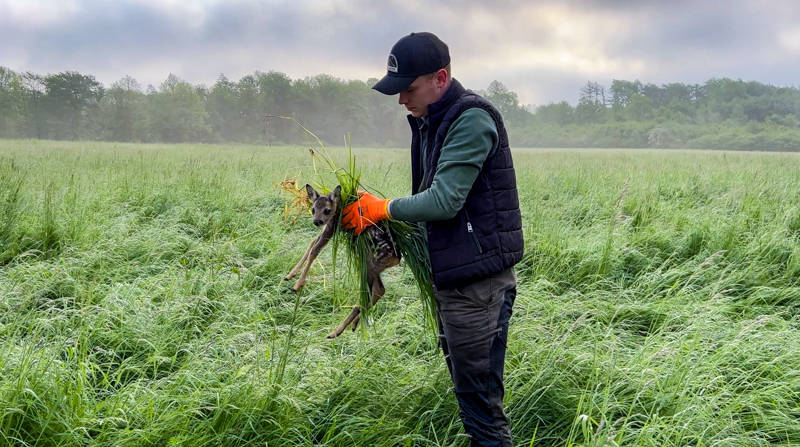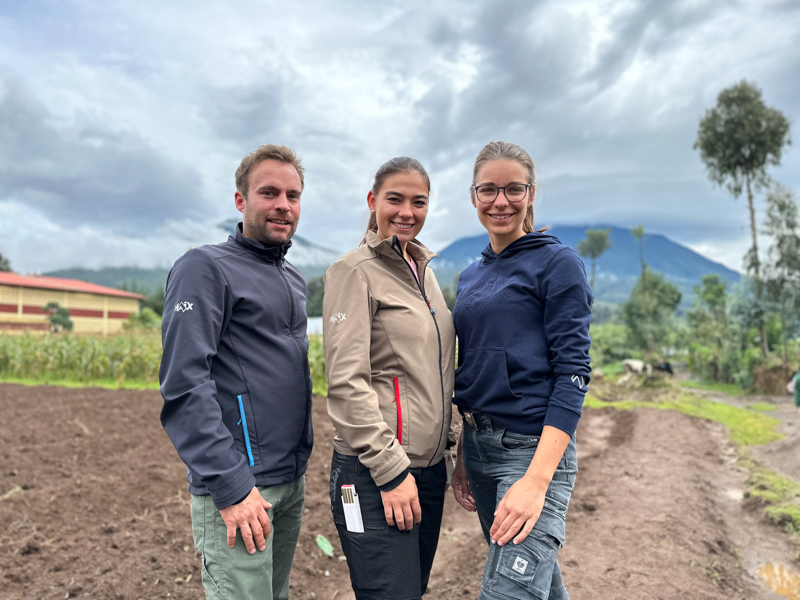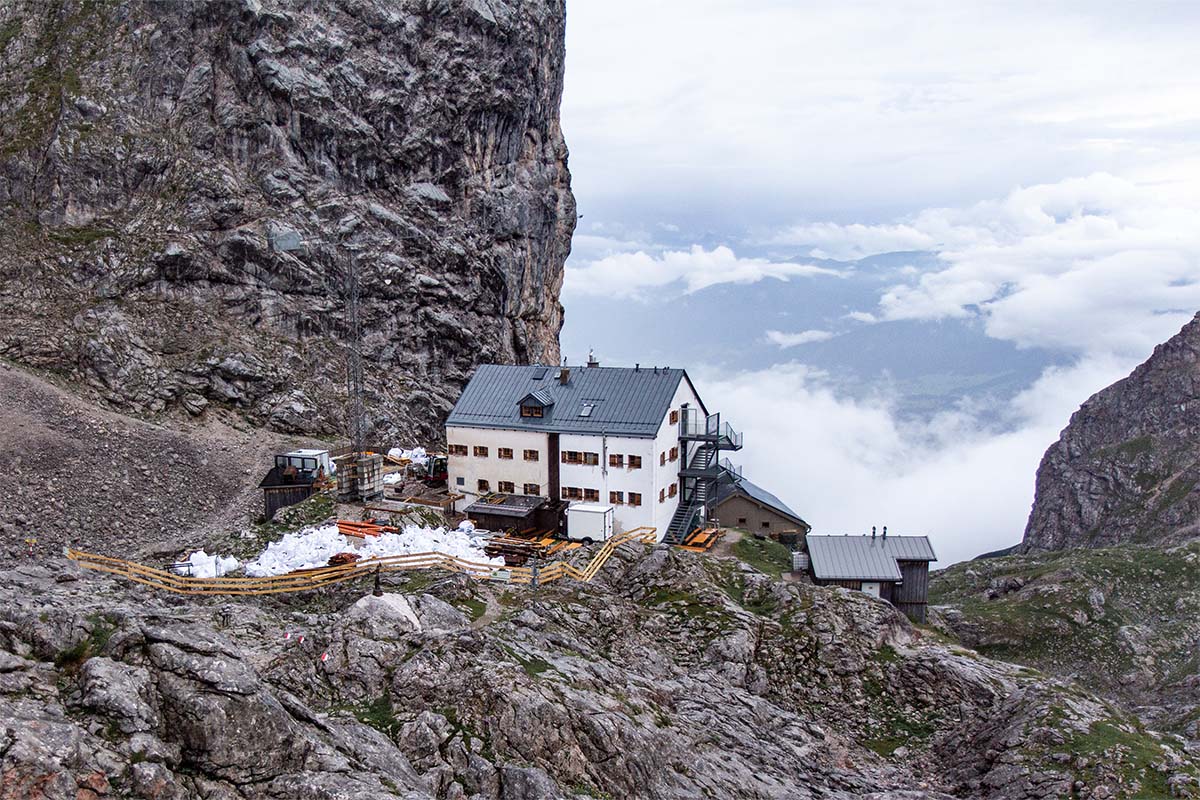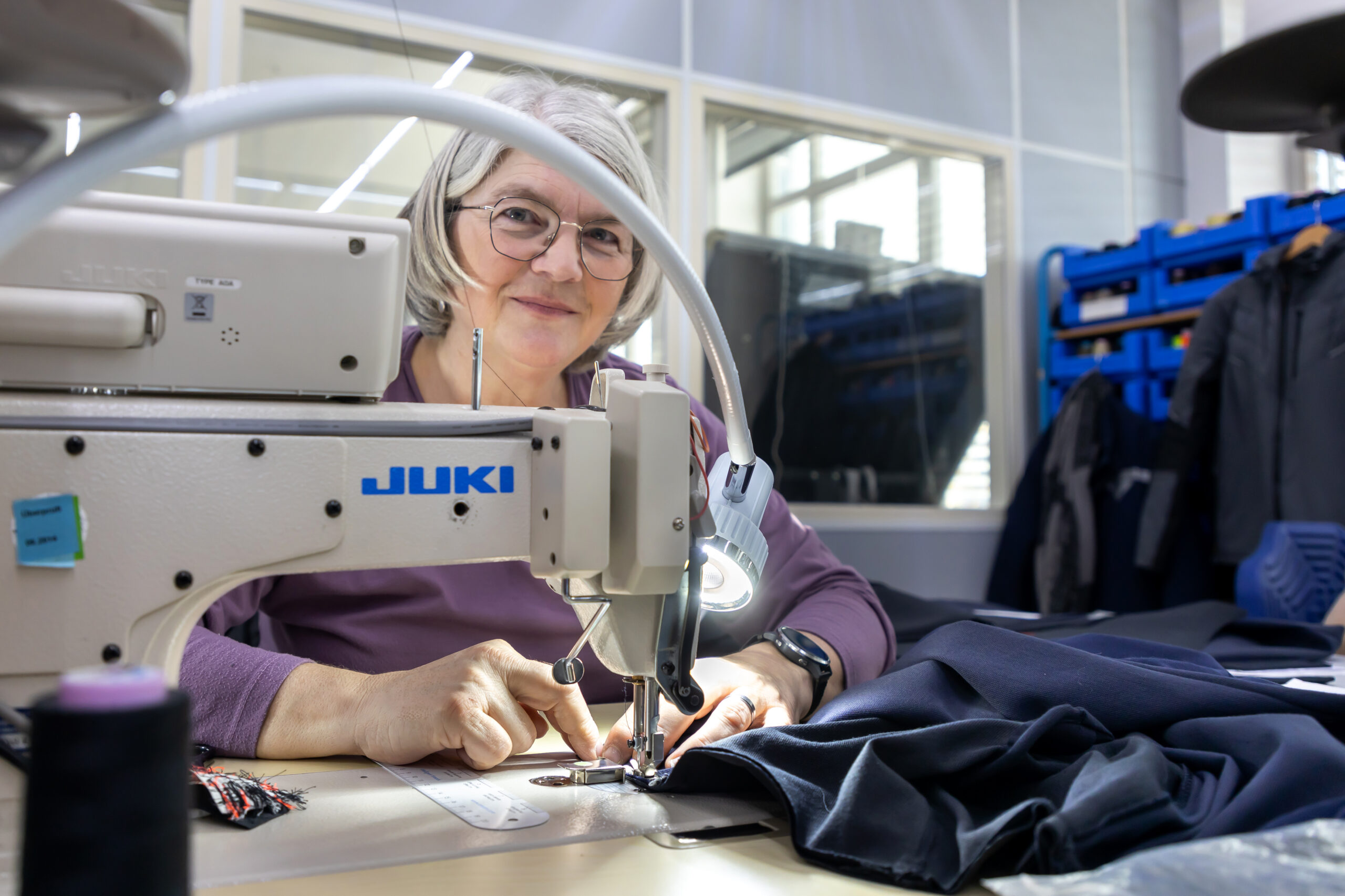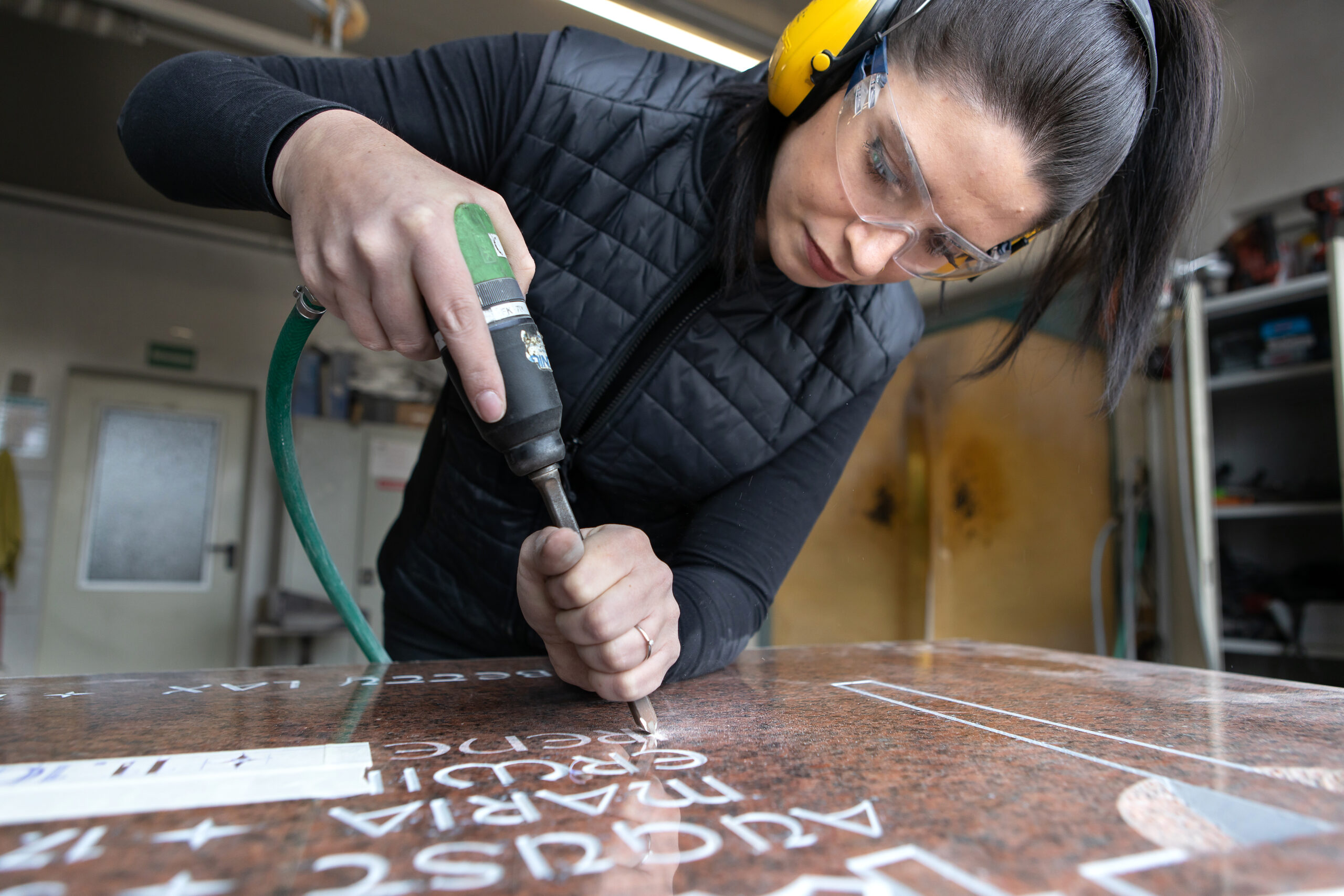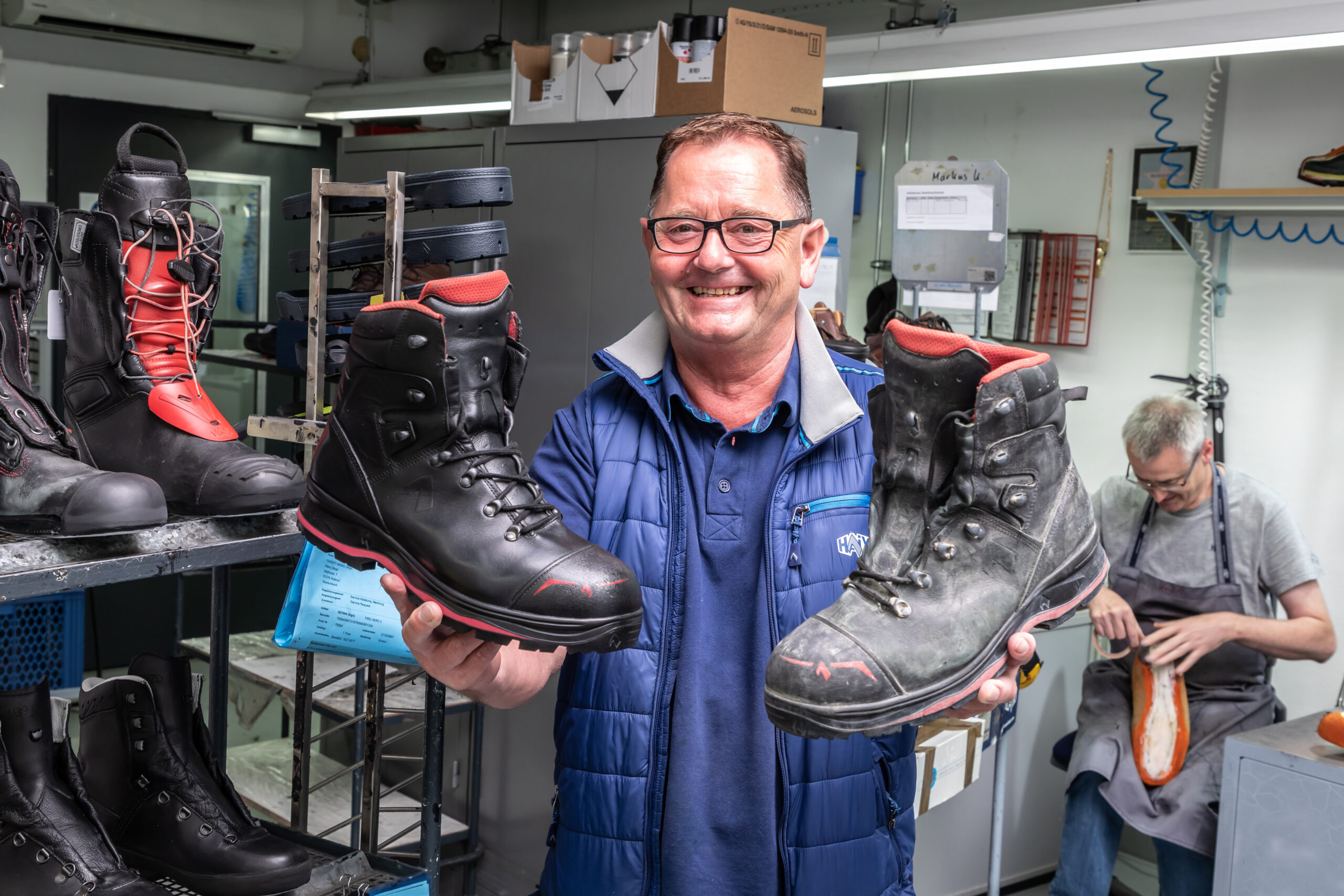You may primarily associate plasterers with layers of gypsum applied to walls and ceilings, but there’s a lot more to their work. As well as finishing walls and creating decorative moldings, these tradespeople are also adept at drywall installation, fire safety, soundproofing, and renovations. In 2012, the national association of the German construction industry (Zentralverband des Deutschen Baugewerbes) founded the national plasterers’ squad to raise public awareness of the trade and attract young people into it. Since then, the team has scored wins all over the world.
Joining the Team
Early-career plasterers can apply to join as soon as they have completed their final apprenticeship exam. They then compete against other applicants in various manual skills for the ultimate prize: One of ten spots on the national team. Once an applicant secures a place, they keep it for two years. Master plasterer Michael Prell, in charge of the squad’s public relations, remembers the moment his son Lucas joined.

“My boy started his apprenticeship in 2010. A year and a half later, the national squad was featured in a trade magazine, and I suggested that he apply. He wasn’t hugely enthusiastic at first.” The newly founded team’s 2013 world cup win, however, piqued the young plasterer’s interest. He joined. Following countless trade fair appearances, qualifications, and competitions, the Prell family traveled to Brazil, where Lucas promptly became the vice world champion.
Competing at the International Level
Plasterers’ competitions involve precise, creative work carried out under pressure and before the critical eyes of a large audience. EuroSkills and WorldSkills, which are held alternatingly every year, are the major tournaments in this discipline. After multiple rounds of national qualifiers, each country sends one participant to the tournament.

In the actual event, the plasterers have to apply stucco to a drywall construction. Participants in the European competition must produce the stucco on site, while those competing in the global event work with ready-made stucco. “The participants get to use their imagination. But their works should be related to the host country in some way,” explains Michael Prell. Scoring is done by points.
“We’ve had very successful years,” the plasterer recalls. The national squad won the 2013 world championship in Leipzig and the 2014 European championship in Lille. It came second at the 2015 world championship in São Paulo and the European championship in Gothenburg in 2016, and, repeating its earlier victory, won the 2018 European championship in Budapest. Participants have a lot more to gain than just titles: The tournaments lead to close friendships with team members and opponents from all over the world. The resulting international exchange benefits everyone.

The Labor of Creativity
As well as competing, the national plasterers’ squad also seeks to attract new talent to the profession. The age limit for participation in EuroSkills is 25; WorldSkills is open to plasterers aged 23 and under. “It’s an enormous confidence boost for these young people,” explained Prell. They learn to work under pressure and represent themselves. Although the number of trainee plasterers has seen an increase, there are still too few people interested in joining the profession.
“People don’t want to get their hands dirty. They’d rather sit in a comfortable office,” says Michael Prell. “But there is good money to be earned in a trade. You get to be creative and see the results of your own hands’ work at the end of the day.” Not only are the members of the national squad role models for future generations of professionals, they also advertise and showcase the profession at trade fairs and career expos. “Plasterers need to be in shape so they can carry heavy loads. But they also have to be creative and enjoy making things with their hands.”
